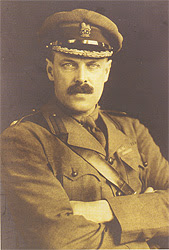Seaplanes
/
Growing up, I knew a family (The Vollums) who had a Turbo Grumman Goose. On weekends the Vollums would fly their Goose to a lake house in British Columbia or McCall Idaho. In under two hours they could be worlds away from their house in downtown Portland (Oregon). I will always remember my first ride in an "Airplane-go-water," as I lovingly called them.
Seaplanes are used for exploring the territories and connecting urban and remote worlds and thus are inherently rugged.
A couple times an hour, commercial seaplanes leave from Lake Union in downtown Seattle, shuttling commuters to and from the San Juan Islands and British Columbia. These seaplanes turn a 4 hour commute involving ferries and multiple highways into 45 minute plane ride.
This is what I imagine every seaplane pilot looking like.
Despite improved roads and highways, Seaplanes remain the preferred means of transportation in much of Alaska and British Columbia.
I want to live on a secluded island or lake and commute to work one of these guys.
The location of runways doesn't hold these guys back. Seaplanes can land on roughly 75% of the Earth's surface. Ohh the freedom...
Thanks to Seaplanes in the Great Northwest for some photos.
Here are some more links,
Seaplanes in the Great North West (Blog),
Grumman Goose (Wiki),
Howard Vollum (Wiki),
NW Seaplanes (Scheduled Seaplane flights from Seatle to the San Juan Islands and BC),
DHC-2 Beaver Wiki.








